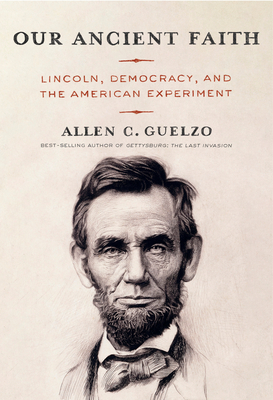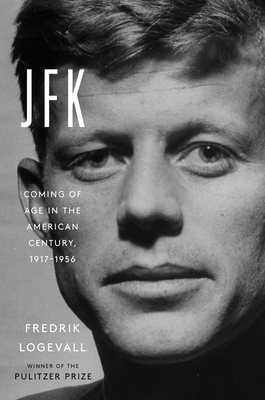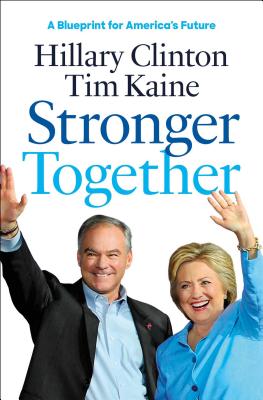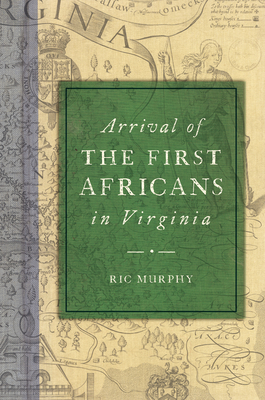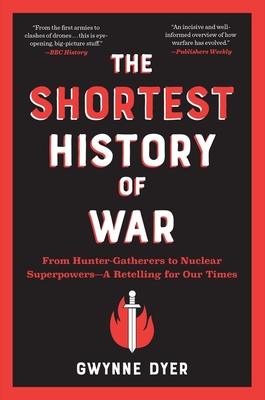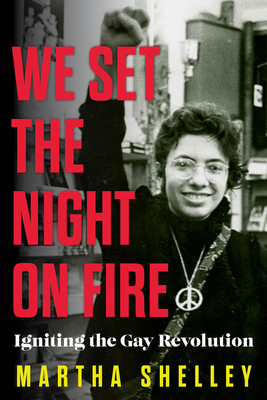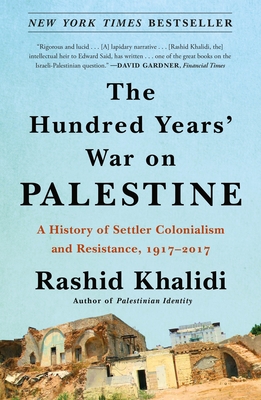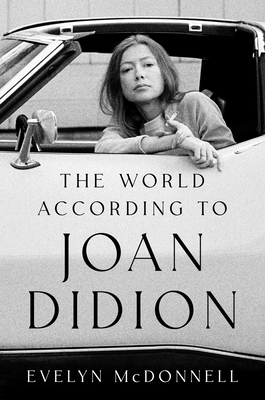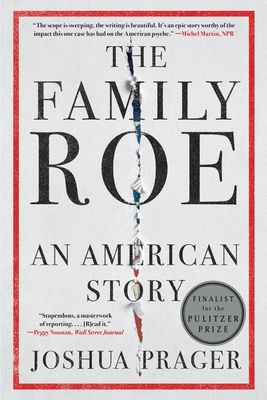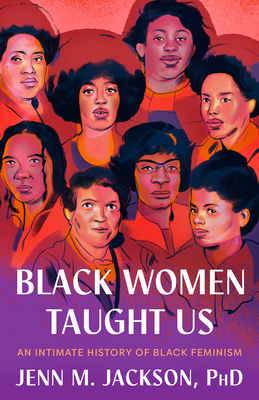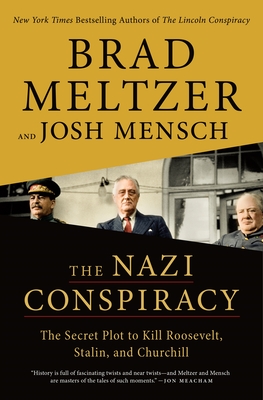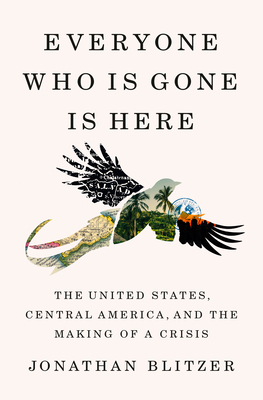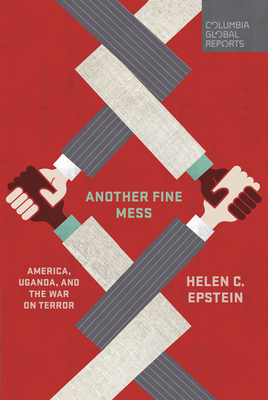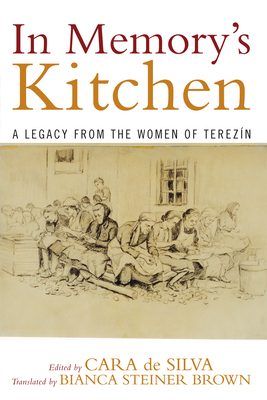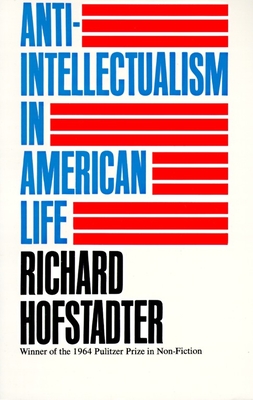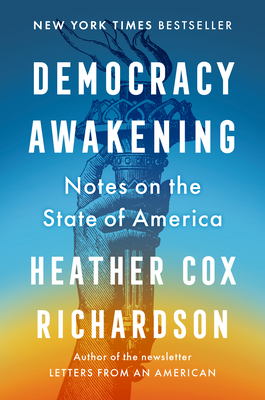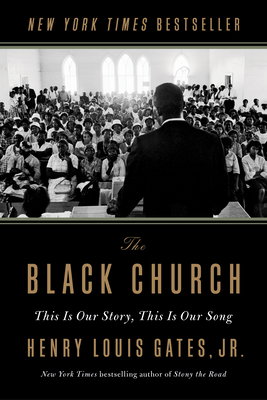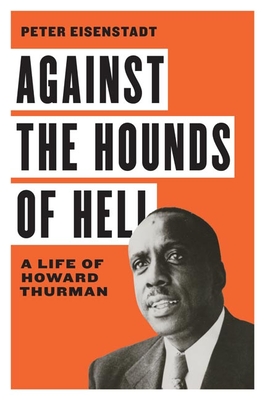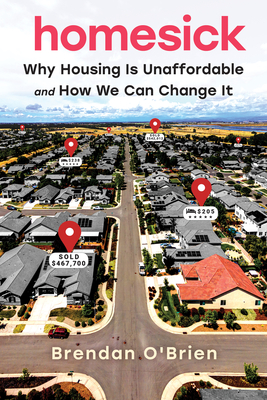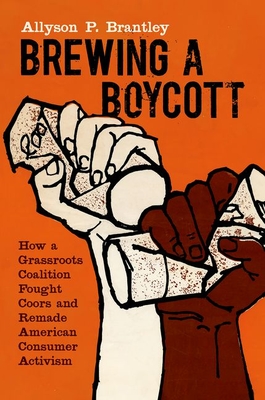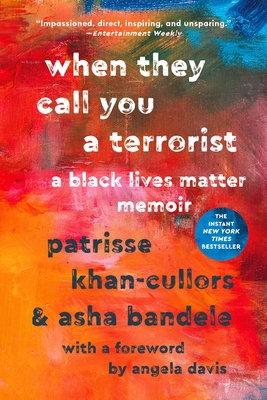
Making the Second Ghetto: Race and Housing in Chicago, 1940-1960 (Historical Studies of Urban America)
Description
First published in 1983 and praised by the likes of Ta-Nehisi Coates and Thomas Sugrue, Arnold R. Hirsch’s Making the Second Ghetto is the rare book that has only become more piercingly prescient over the years.
Hirsch’s classic and groundbreaking work of urban history is a revelatory look at Chicago in the decades after the Great Depression, a period when the city dealt with its rapidly growing Black population not by working to abolish its stark segregation but by expanding and solidifying it. Even as the civil rights movement rose to prominence, Chicago exploited a variety of methods of segregation—including riots, redevelopment, and a host of new legal frameworks—that provided a national playbook for the emergence of a new kind of entrenched inequality. Hirsch’s chronicle of the strategies employed by ethnic, political, and business interests in reaction to the Great Migration of Southern Blacks in the mid-twentieth century makes startingly clear how the violent reactions of an emergent white population found common ground with policy makers to segregate first a city and then the nation.
This enlarged edition of Making the Second Ghetto features a visionary afterword by historian N. D. B. Connolly, explaining why Hirsch’s book still crackles with “blistering relevance” for contemporary readers.
Praise for Making the Second Ghetto: Race and Housing in Chicago, 1940-1960 (Historical Studies of Urban America)
“Arnold Hirsch’s deeply transformational book lays out how a perfect storm of racism, redlining, and public policies formed Chicago and other American cities. If you want to understand what came after the 1960s, you have to understand what came before them. And today we’re still dealing with the same issues Hirsch wrote about. Every sector of the city—its business interests, its government, its people, and sometimes even its churches—have employed particular weaponry to effect a single goal: the subjugation of black people. It hasn’t changed.”
— Ta-Nehisi Coates, author of We Were Eight Years In Power and Between the World and Me


